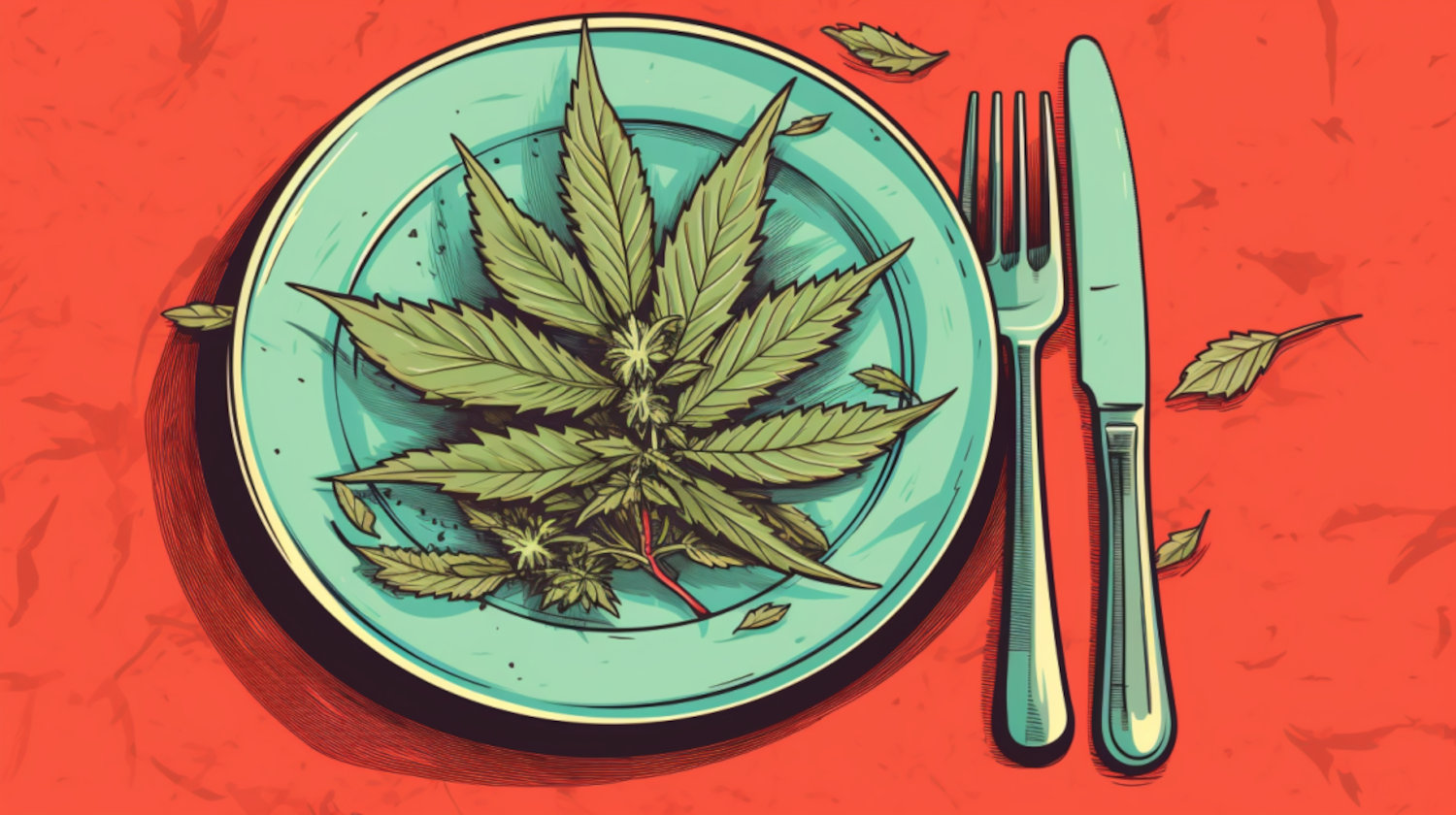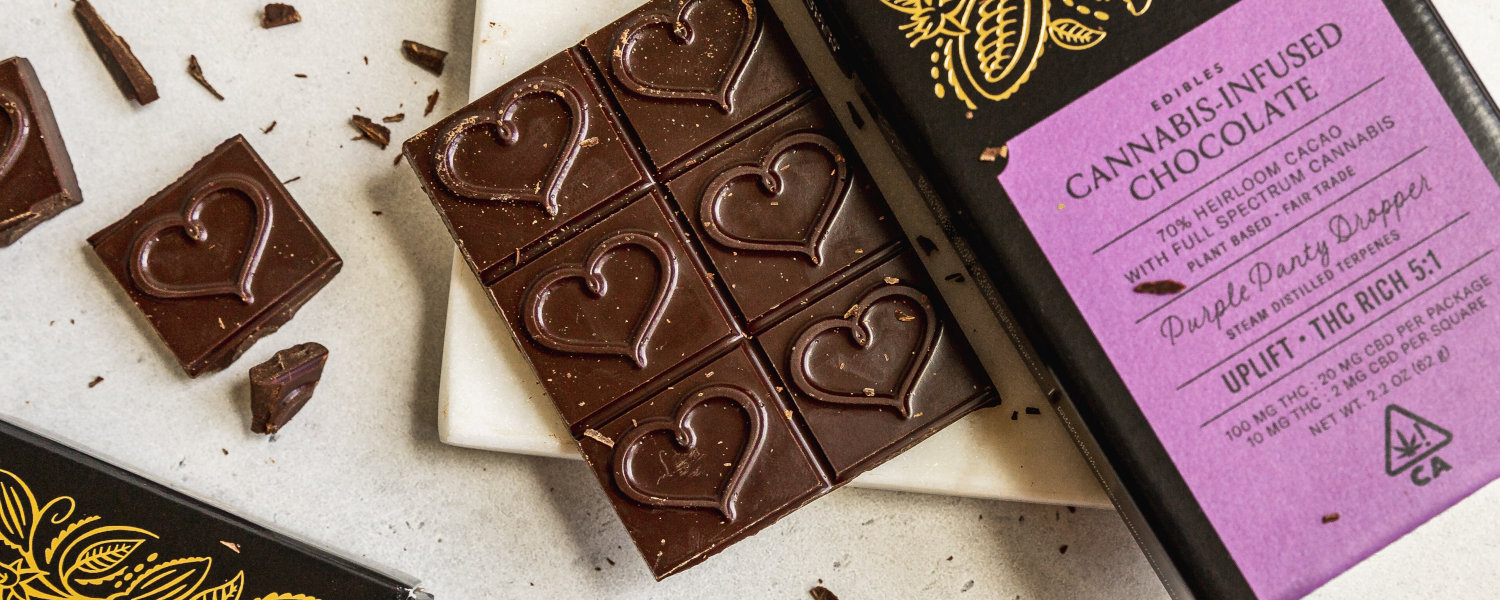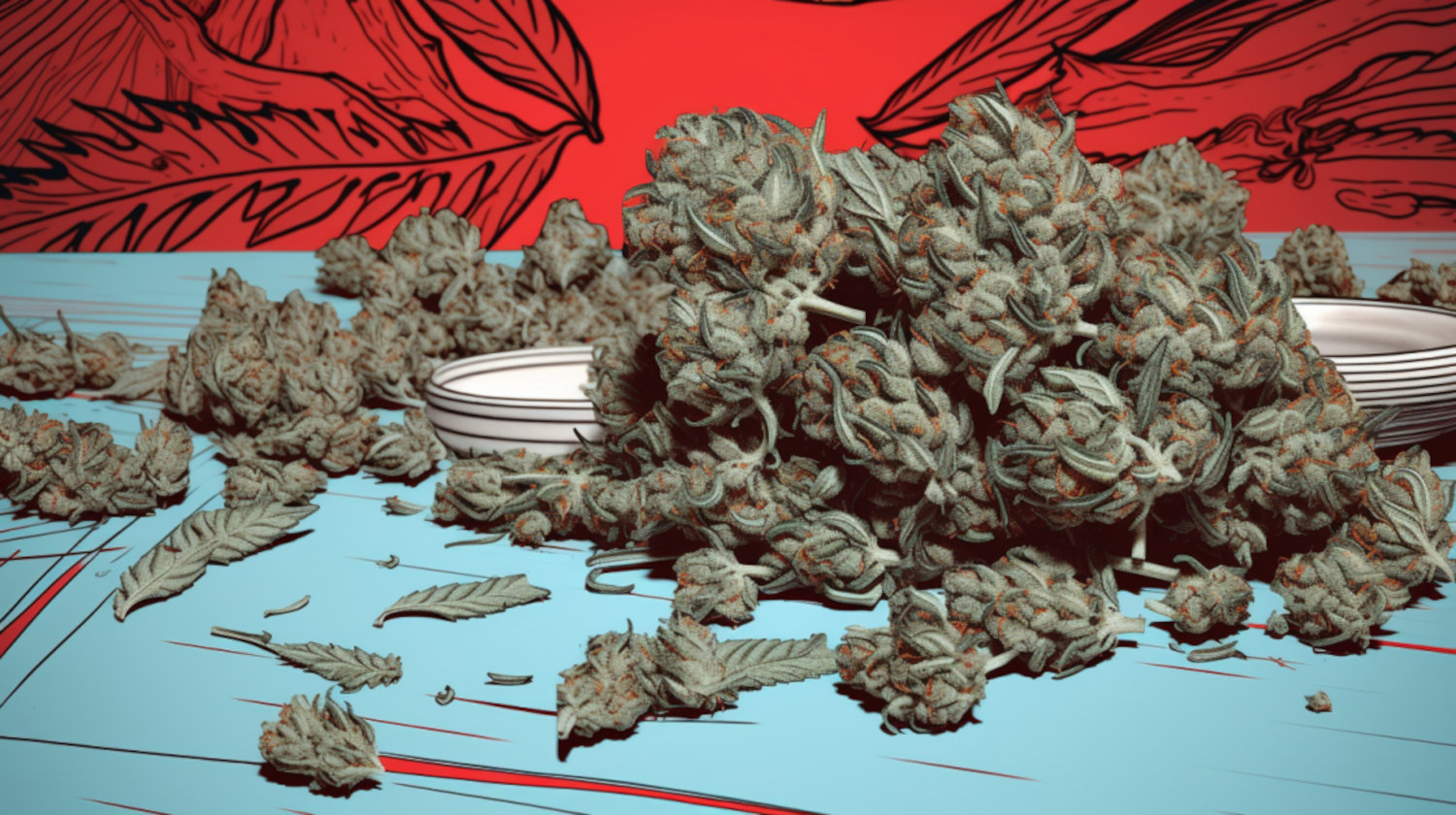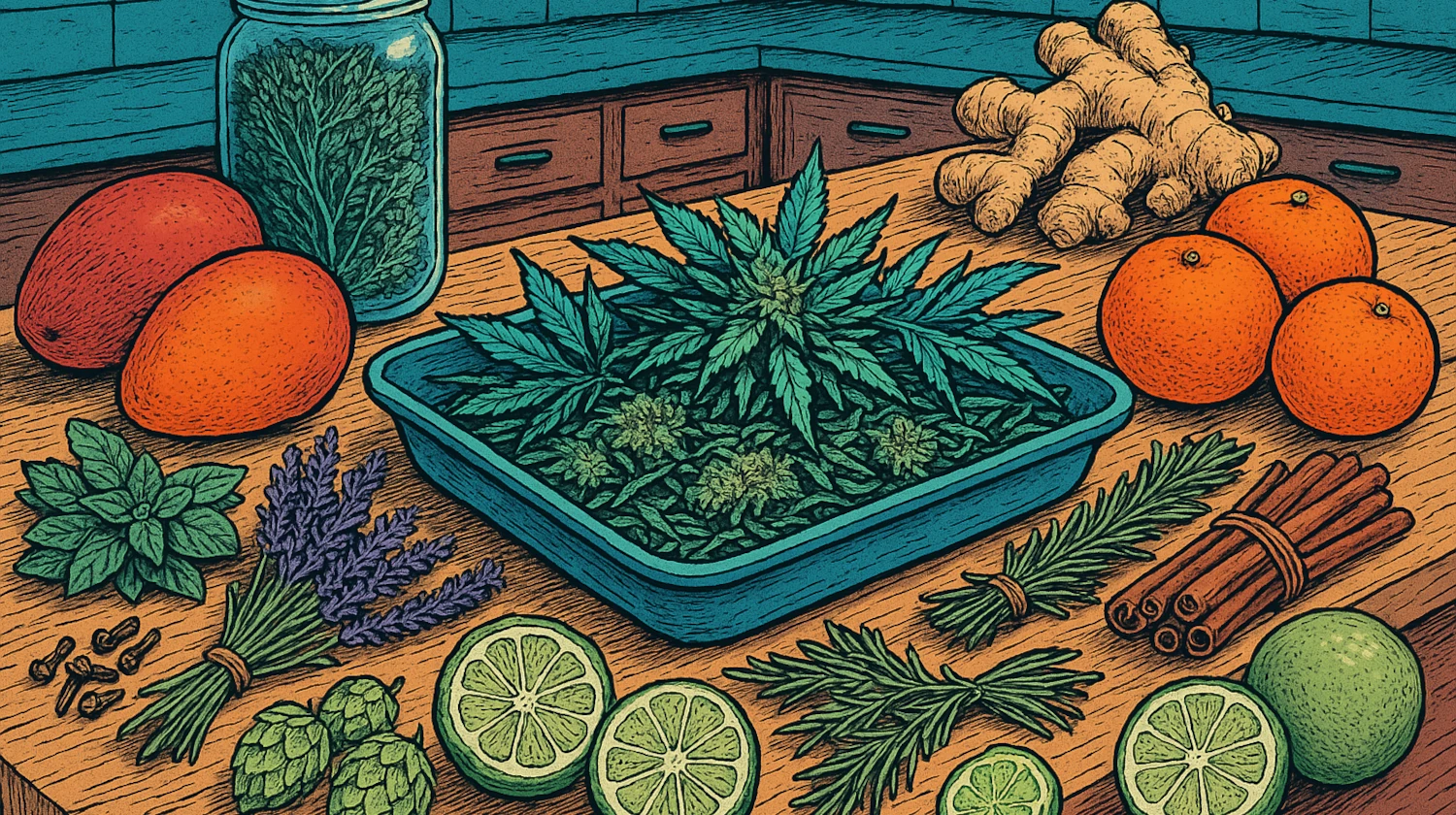Weed flavors span a wide range. The flavor, aroma, and effects vary depending on the landrace or cultivar consumed and their numerous unique traits. These countless variables make the plant so unique and dynamic, but what does weed taste like?
Thanks to innovative methods, cultivators have expanded the realm of consumption options. Edible options continue to grow, with virtually every consumable now able to be infused in some form or fashion. Legal events are popping up in multitudes as well, including weed tastings, infused dinners, and numerous other canna-edible events. Flavor and aromas are the centerpiece of most consumers' experiences. But not everyone wants the same outcome, smell, or taste with their weed.
So what does weed taste like?
What are Terpenes?
The various flavors and aromas created by cannabis cultivars are primarily made possible thanks to terpenes. These crucial compounds are critical in each strain's flavor, aroma, and benefits.1 Think about the times you've inhaled some flower. Those robust aromas, including but not limited to pine, gas, citrus, earthy, floral, and even skunk, fill your nose, piquing your interest in what the plant tastes like. Those moments are created by terpenes (and proper storage methods, but that's another topic).
Terpenes are plentiful and found in numerous plants. Depending on your source, cannabis can contain 100 or several hundred more terpenes.2 Some of the most prevalent terpenes found in the cannabis plant include:
What Does Weed Taste Like: The Possibilities
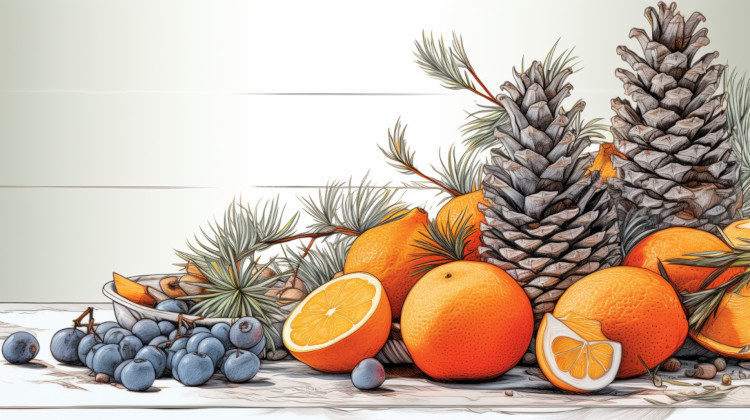
In addition to a plant's terpenes, several other factors can impact a strain's flavor. They include:
- Anthocyanins3
- Flavonoids and other plant phenols4
- Genetics
- Drying and Curing
- Grow settings
- Processing methods
- Added synthetic terpenes (often in vape cartridges)
When the flame touches cannabis flower, these flavors and aromas come to life, filling the room and us with their unique profiles. Thousands of cannabis plants are actively grown across the globe. Each plant possesses a different flavor profile. While growers look for uniform flavors in their cultivars, variations happen in the soil and across numerous other touch-points before reaching the buyer. This means that every plant can taste a bit different. By the time you put your nose to the glass, you could be smelling one or more flavors, such as notes of:
- Berry
- Cheese
- Chocolate
- Citrus
- Earthy/Soil
- Floral/Fragrant
- Gas/Diesel
- Mint
- Nutty
- Pine/Forest
- Skunk
- Spicy/Herbal
- Sweet (Fruit, Candy, etc.)
- Tropical Citrus
- Wood/Smoke
Researchers are just starting to understand the source of one of the most common smells found in cannabis as well. A recent study discovered a new family of prenylated volatile sulfur compounds (VSC) in plants with skunk smells. Researchers then identified the compound 3-methyl-2-butene-1-thiol as the source of that skunky smell. Researchers also noted that VSCs contain a higher evaporation point compared to terpenes. When the plant is burnt at high temperatures, the VSCs and their aromas will likely last longer than terpenes.5
What Do Edibles Taste Like?
Ideally, edibles don't taste like raw cannabis flower. At least that's the goal of most consumers and edible producers these days.
While weed flavor is critical to most people's smoking and vaping experiences, many fewer people want a piney, earthy flavor in their edibles. In the days before legalization edibles with a cannabis taste were the norm. But that was back in the DIY decades when early edible innovators were just starting to master infused butter and oils, which almost exclusively went into sweets like brownies or cookies.
Today, innovation has advanced edibles to a point where that weedy flavor is gone. While it has its drawbacks for some consumers, removing the unwanted weed flavors from edibles has been a largely positive advancement. Many chefs and brands continue to infuse their edibles in many ways, each using their unique methods to minimize or eliminate the weed taste and aroma.
Instead of doing the process themselves, many producers have shifted towards isolating cannabinoids from the plant, an extraction method that reduces a single cannabinoid in the plant to a distillate, which can then be further processed into crystals or a white powder, both containing an odorless, single-plant compound, often THC or CBD. This extract can then be infused with just about any food, beverage, or ingredient.
What About Eating Cannabis Buds?
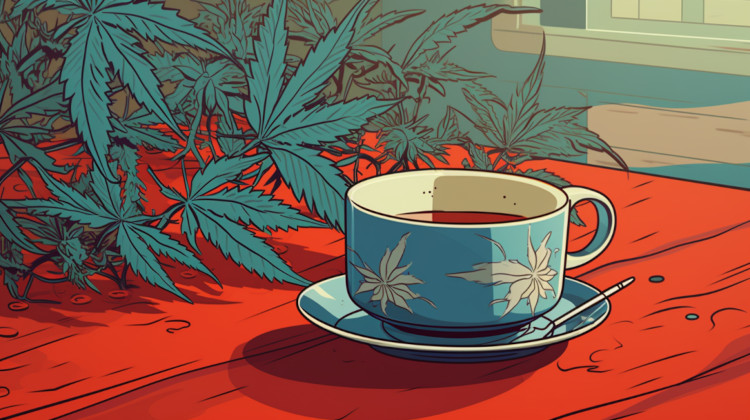
Eating edibles is undoubtedly popular and effective. So why isn't eating raw flower the same? Not only is the taste of unprocessed flower unpleasant to most people, but it's also ineffective. At the very least, it's impractical in delivering the outcome most consumers seek.
Cannabis in its raw form contains the non-intoxicating cannabinoid THCA, which has its own array of potential benefits.6 This compound only transforms into THC when heated and decarboxylated or stored improperly for a long period. This process can occur through various methods, including fire, sunlight, heat, pressure, and chemical extraction. The exact process also converts CBDA into the popular CBD.
Eating raw cannabis may have some health benefits, and many people juice leaves and small buds or use them as edible food decorations.7 Still, those looking to feel high off THC won't be satisfied with the experience. If you ever plan on having a weed tasting, be sure to heat your buds if you want to feel any heady effects.
Is There Weed With No Smell or Taste?
Yes, there is. But that means you could be smoking some past-its-prime bud. As plants age, their terpenes break down, causing the plant to lose its smell, aroma, and effects.8 If left long enough, the cannabinoids in the plant will begin to change as well. After roughly a year or so, some of the THC will convert to the less potent CBN. The high is about a quarter of the strength of THC, and although many report it to be sedating, research points to it being likely due to the remaining THC. So even if you think you're about to smoke a strain of a once energizing and uplifting strain, you may be putting yourself on the couch thanks to some old, flavorless bud.
The surest way to consume flavorless cannabis and experience the plant at its best is by using an isolated or distillate product, usually found in weed carts that have added flavors. Isolates are created through a method of chemical extraction, where the cannabis plant undergoes several rounds of processing to distill the plant down to a single compound, often THC or CBD. This white powder is an isolate that can be added to edibles or vape cartridges. While some consider isolates a "pure" form of compound consumption, many argue that the whole plant profile provides the most benefit for consumers.
How to Choose the Most Flavorful Weed
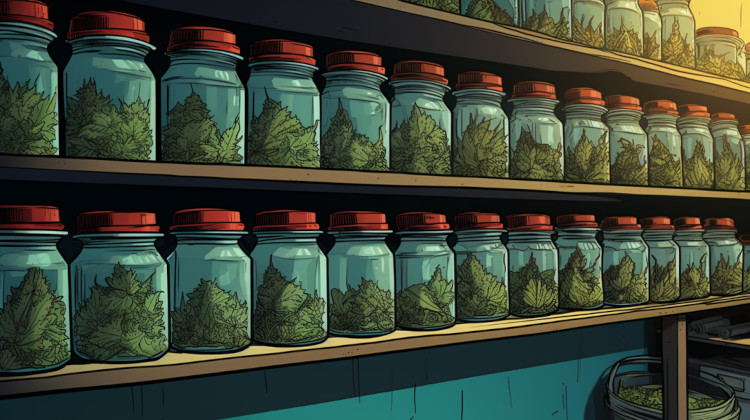
Several factors should go into your weed selection process. Doing so should ensure you pick up the most flavorful and beneficial strain to fit your needs and wants. Look for information about the whole plant profile. Ask the budtender, or do your research online by looking up the strain information. Looking at the strain information should give you an in-depth look into the strain's cannabinoid, terpene, and other compound profiles.
Ideally, you can open the container and smell the flower you're buying. If you aren't allowed to do that, your best bet is to go with the budtender or get feedback from other consumers. Consider the opinions of trusted smoke buddies. That's always a good place to start. If you don't know anyone personally, turn to trusted online sources to get an idea of the flavor, aromas, and effects you may experience.
With an understanding of the plant profile and its expected outcomes, you can understand what each strain may do to you and if that suits your needs. With a world of cannabis and numerous flavors, it's your oyster… or gas, pine, cheese, skunk, or you get the picture. Enjoy!
References
- Sommano SR, Chittasupho C, Ruksiriwanich W, Jantrawut P. The Cannabis Terpenes. Molecules. 2020;25(24):5792. Published 2020 Dec 8. doi:10.3390/molecules25245792 ↩︎
- Hanuš LO, Hod Y. Terpenes/Terpenoids in Cannabis: Are They Important?. Medical Cannabis and Cannabinoids. 2020;3(1):25-60. doi:https://doi.org/10.1159/000509733 ↩︎
- Mattioli R, Francioso A, Mosca L, Silva P. Anthocyanins: A Comprehensive Review of Their Chemical Properties and Health Effects on Cardiovascular and Neurodegenerative Diseases. Molecules. 2020;25(17):3809. Published 2020 Aug 21. doi:10.3390/molecules25173809 ↩︎
- Dias MC, Pinto DCGA, Silva AMS. Plant Flavonoids: Chemical Characteristics and Biological Activity. Molecules. 2021;26(17):5377. Published 2021 Sep 4. doi:10.3390/molecules26175377 ↩︎
- Oswald IWH, Ojeda MA, Pobanz RJ, et al. Identification of a New Family of Prenylated Volatile Sulfur Compounds in Cannabis Revealed by Comprehensive Two-Dimensional Gas Chromatography. ACS Omega. 2021;6(47):31667-31676. doi:https://doi.org/10.1021/acsomega.1c04196 ↩︎
- Moreno-Sanz G. Can You Pass the Acid Test? Critical Review and Novel Therapeutic Perspectives of Δ9-Tetrahydrocannabinolic Acid A. Cannabis and Cannabinoid Research. 2016;1(1):124-130. doi:https://doi.org/10.1089/can.2016.0008 ↩︎
- Hartsel JA, Eades J, Hickory B, Makriyannis A. Cannabis sativa and Hemp. In: Gupta RC, ed. Nutraceuticals. Academic Press; 2016:735-754. doi:https://doi.org/10.1016/b978-0-12-802147-7.00053-x ↩︎
- Bueno J, Leuer E, Kearney M, Green EH, Greenbaum EA. The preservation and augmentation of volatile terpenes in cannabis inflorescence. Journal of Cannabis Research. 2020;2(1). doi:https://doi.org/10.1186/s42238-020-00035-z ↩︎
The information in this article and any included images or charts are for educational purposes only. This information is neither a substitute for, nor does it replace, professional legal advice or medical advice, diagnosis, or treatment. If you have any concerns or questions about laws, regulations, or your health, you should always consult with an attorney, physician or other licensed professional.

